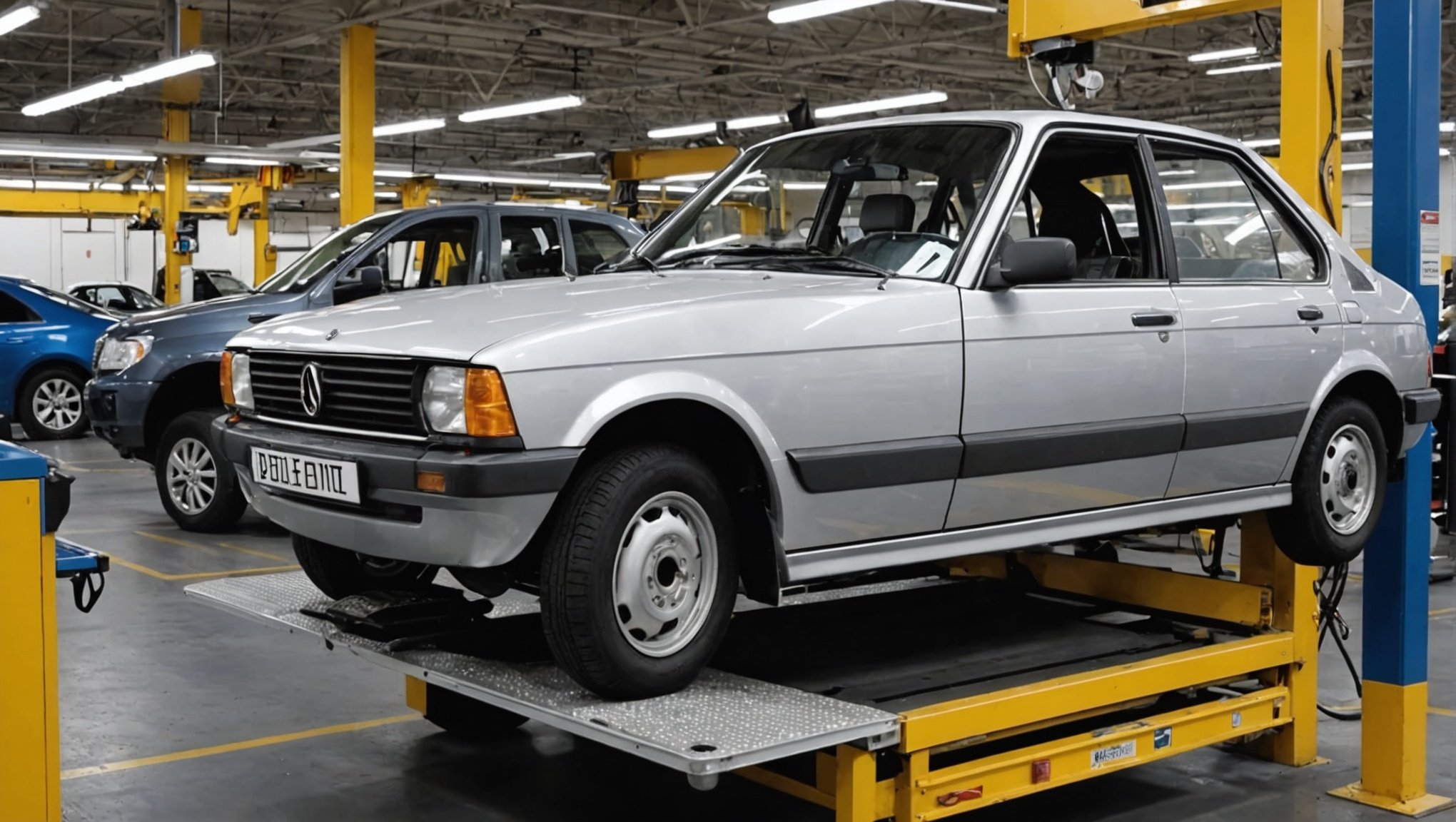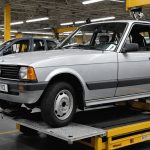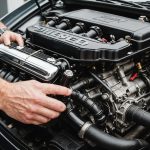When it comes to vehicle repairs after a collision or accident, choosing the right replacement parts for your car is critical. There’s often a debate between using OEM parts (Original Equipment Manufacturer) and aftermarket parts. This article will guide you through the safety implications involved in choosing non-OEM parts for auto body repairs, ensuring you make an informed decision about the quality and performance of the parts used in your vehicle repairs.
Understanding OEM vs. Aftermarket Parts
Before diving into the safety implications, it’s essential to understand the differences between OEM parts and aftermarket parts. OEM parts are made by the vehicle’s original equipment manufacturer and are identical to the parts used in the original construction of your vehicle. They are designed to fit perfectly, ensuring consistent performance and safety.
Also read : How can you optimize the settings of your vehicle’s automatic emergency braking system?
In contrast, aftermarket parts are produced by companies other than the original manufacturer. These parts can vary widely in terms of quality, fit, and performance. While some aftermarket parts might offer a cost-saving alternative without compromising too much on quality, others might not meet the same standards as OEM parts.
Quality and Fit
One of the main concerns with using non-OEM parts is the quality and fit. OEM parts are manufactured to meet the specific standards set by the original vehicle manufacturer, ensuring optimal performance and safety. Non-OEM, or aftermarket parts, might not always match these standards. In some cases, the fit can be slightly off, leading to potential safety hazards.
Also to see : How should you configure the traction control system for driving on icy UK roads?
In terms of body repairs, an improper fit can affect the vehicle’s aerodynamics and structural integrity. This could compromise the safety of the car in the event of another collision. For instance, if the aftermarket part doesn’t align properly, it might not absorb impact as effectively as an OEM part would, increasing the risk of injury.
Manufacturer Warranty
Another critical consideration is the impact on your manufacturer warranty. Many vehicle manufacturers offer warranties that extend to OEM parts. Using aftermarket parts might void this warranty, leaving you unprotected in case of future issues. This is something insurance companies often consider when evaluating coverage.
For instance, if you’re involved in an accident and your vehicle requires repairs, using OEM parts ensures that your warranty coverage remains intact. This can be crucial for long-term cost savings and maintaining the value of your car.
Safety and Performance Concerns
The primary concern when using non-OEM parts is the potential impact on the safety and performance of your vehicle. After all, the primary goal of any collision repair is to restore your car to its pre-accident condition, ensuring it is safe to drive.
Impact on Airbags and Sensor Systems
Modern vehicles come equipped with a variety of sensors and safety systems, such as airbags, anti-lock brakes, and electronic stability control. These systems rely on precise inputs and outputs to function correctly. OEM parts are designed to work seamlessly with these systems, ensuring they operate as intended.
Using aftermarket parts can sometimes interfere with these systems. For example, a slight difference in the quality or fit of an aftermarket body panel could affect the deployment of an airbag during a collision. In a worst-case scenario, this might mean the airbag doesn’t deploy at all or deploys incorrectly, potentially leading to serious injury or even death.
Structural Integrity
The structural integrity of your vehicle is another critical aspect of safety. OEM parts are designed to protect the occupants by absorbing and dissipating energy during a collision. The use of lower-quality aftermarket parts might compromise this ability, making your car less safe in an accident.
For example, if an aftermarket part is made from subpar materials, it might crumple more easily or fail to provide the necessary structural support. This could lead to greater damage to the vehicle and increased risk to the passengers.
Financial Implications and Long-Term Costs
While aftermarket parts might offer an initial cost advantage, the long-term financial implications can be significant. Insurance companies often prefer the use of OEM parts because they ensure the vehicle is restored to original specifications, reducing the likelihood of future claims.
Insurance Considerations
When filing a claim after an accident, insurance companies take into account the type of parts used in the vehicle repair. Many insurance companies might cover the use of OEM parts, but some might push for aftermarket parts to save costs. However, using OEM parts can prevent future complications and ensure your warranty coverage remains intact.
Resale Value
The type of parts used in repairs can also affect the resale value of your car. Vehicles repaired with OEM parts are often considered more desirable on the used car market. Prospective buyers are likely to prefer a vehicle with parts that meet the original manufacturer’s specifications, ensuring better performance and safety.
The Role of Repair Shops and Technicians
The expertise and recommendations of repair shops and technicians play a crucial role in the type of parts used in your vehicle repairs. Professional repair shops often have relationships with equipment manufacturers and insurance companies, influencing their parts choices.
Trustworthy Repair Shops
Choosing a reputable repair shop that prioritizes safety and quality over cost-cutting measures ensures that your vehicle is repaired correctly. Professional technicians with experience in using OEM parts can guarantee that the parts fit properly and meet the necessary safety standards.
Certification and Training
Certified technicians undergo training to understand the nuances of different parts and their impact on vehicle safety. They can provide valuable insights into whether OEM parts or certain aftermarket parts are suitable for your vehicle. Trusting their expertise ensures that your car is repaired to the highest standards, maintaining its safety and performance.
Making an Informed Decision
Ultimately, the decision between OEM parts and aftermarket parts boils down to balancing cost, safety, and performance. Here’s what you should consider:
Assessing Quality
Not all aftermarket parts are substandard. Some reputable manufacturers produce high-quality parts that can match or even exceed the quality of OEM parts. Researching and consulting with your repair shop can help you identify these options.
Insurance and Warranty
Review your insurance policy and manufacturer warranty to understand the implications of using non-OEM parts. Ensure that using aftermarket parts won’t void your warranty or affect your insurance coverage adversely.
Long-Term Considerations
Think about the long-term implications of your choice. While aftermarket parts might save you money initially, the potential impact on safety, performance, and resale value could outweigh these short-term savings.
In conclusion, the safety implications of using non-OEM parts in vehicle repairs are multifaceted. While aftermarket parts can offer cost savings, they may not always meet the same quality, fit, and performance standards as OEM parts. This can have significant consequences on the safety and structural integrity of your vehicle, especially in the event of another collision.
Considering the potential impact on airbags, sensor systems, and overall structural integrity, it’s often advisable to opt for OEM parts. Additionally, using OEM parts ensures that your manufacturer warranty remains intact and can positively influence your insurance coverage and resale value.
When making a decision, consult with trusted repair shops and certified technicians who can provide expert advice tailored to your vehicle’s needs. By making an informed choice, you can ensure that your car remains safe, reliable, and performs at its best, protecting you and your passengers on the road.











